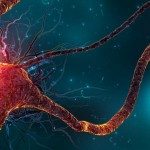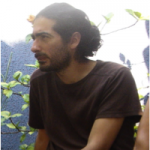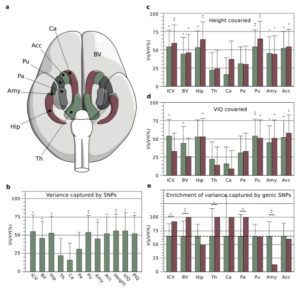About
Human brain anatomy is strikingly diverse and highly inheritable: genetic factors may explain up to 80% of its variability. Genome-wide scans looking for associations between genomic polymorphism and neuroanatomical variability identify, however, just a few statistically significant signals and account for <1% of the variance. We are currently investigating the genomic architecture of neuroanatomical diversity using a genetic model where the encoding of traits is strongly polygenic. We have been able in this way to show that up to 54% of the heritability of many brain structures is captured by large numbers of genetic polymorphisms of small-effect spread throughout the genome, especially within genes and close regulatory regions. The genetic bases of neuroanatomical diversity appear to be relatively independent of those of body size (height), but shared with those of verbal intelligence scores. The study of this genomic architecture should help us better understand brain evolution and disease.
[Mol Psych] [bioRxiv] [pdf][supp]




